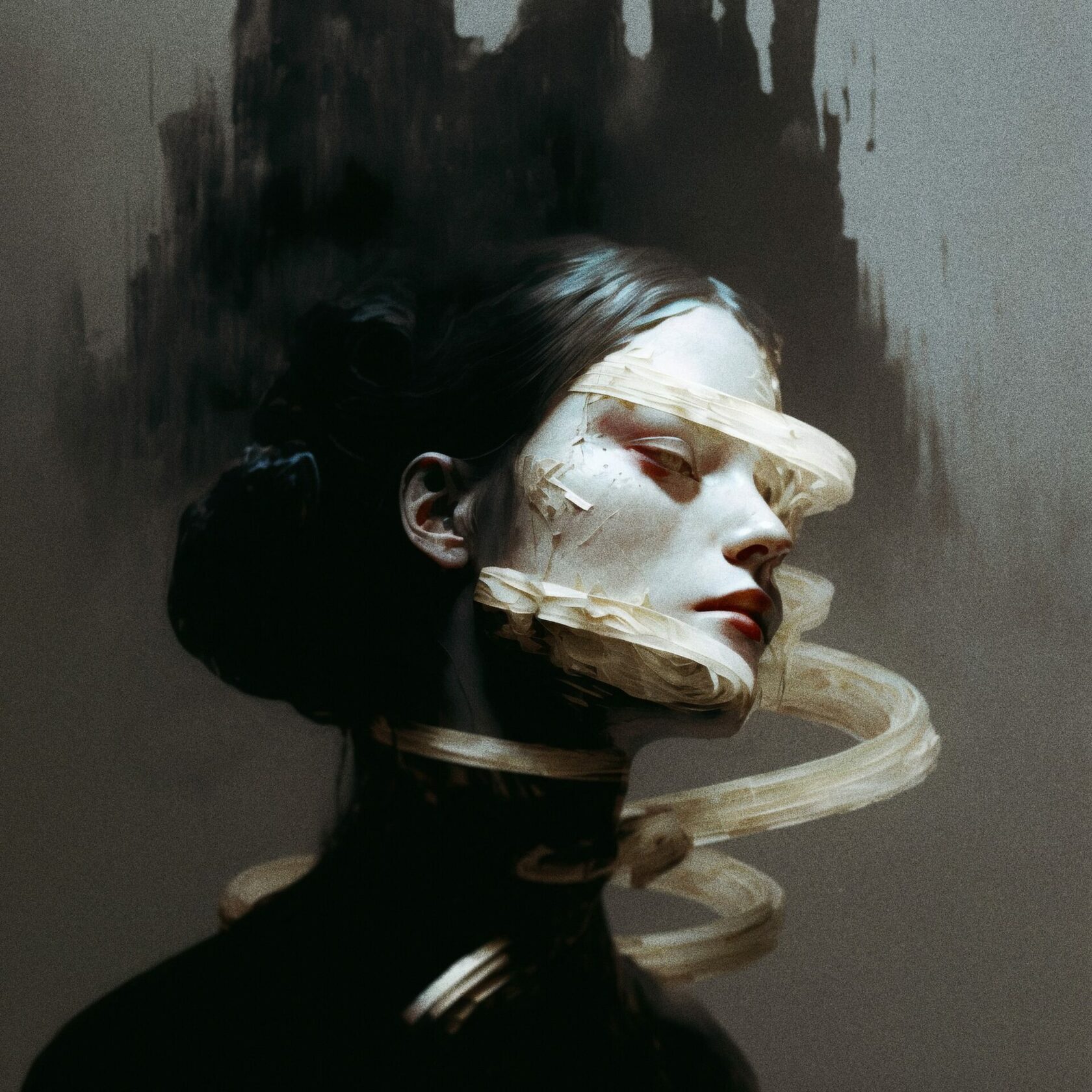
Salute, Anton! Tell me a little about yourself, how did the alias Akopto appear?
— Hi, Sergey! Nice to meet you.
To be honest, I almost never talked about such details, so this will be an Exclusive.
To begin with, I'm from Penza, I'm 29 years old, my name is Anton Soot.
I have advertised my first and last name quite a few places due to the fact that this is not necessary. On Twitter (here the artist runs his mini-blog), no one needs this, your nickname is enough and that's it. As for my pseudonym, "Soot" is written in English and sounds quite difficult, and to be honest, it is not particularly memorable. So I just took the letters "p" and "o" in my last name and swapped them.
In general, there are still "Copts", so my nickname is full of references enough :)
— Hi, Sergey! Nice to meet you.
To be honest, I almost never talked about such details, so this will be an Exclusive.
To begin with, I'm from Penza, I'm 29 years old, my name is Anton Soot.
I have advertised my first and last name quite a few places due to the fact that this is not necessary. On Twitter (here the artist runs his mini-blog), no one needs this, your nickname is enough and that's it. As for my pseudonym, "Soot" is written in English and sounds quite difficult, and to be honest, it is not particularly memorable. So I just took the letters "p" and "o" in my last name and swapped them.
In general, there are still "Copts", so my nickname is full of references enough :)
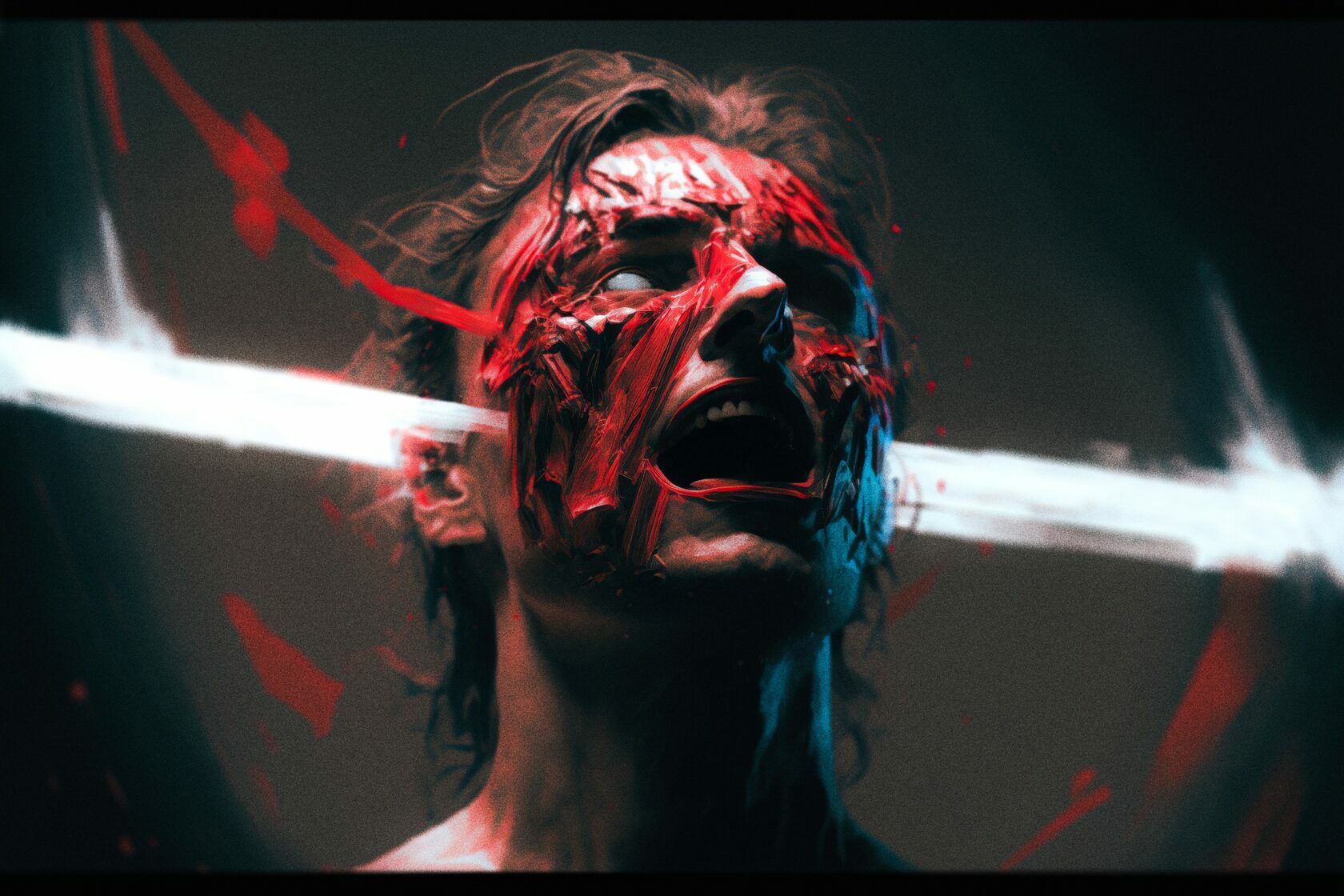
How did your creative journey begin, do you know how to draw on your own, using brushes and paints or a pencil?
— I don't know how to draw at all. My limit is the stick man, that's it. I tried to draw in VR, but nothing really worked out, although the process itself is interesting. I don't have any art education, unfortunately or fortunately.
— It's just that once I signed up for the After Effects group, saw the guys' work and wanted to do similar things, but in the end nothing happened with this either. They started drowning for the transition to 3D and as soon as I tried to work, I immediately realized that this is what I need. There was no need to be able to draw, I could just do it beautifully with the help of textures, ready-made models.
— So for you it was something like a constructor with which you can assemble a scene?
— Yes, in fact it is. It was enough for self-expression)
— Have you managed to work in 3D and for how long?
— I wouldn't call it a job, but the full 9 years flew by quickly. Since it was a pleasure for me, I wouldn't call it work.
— I don't know how to draw at all. My limit is the stick man, that's it. I tried to draw in VR, but nothing really worked out, although the process itself is interesting. I don't have any art education, unfortunately or fortunately.
— It's just that once I signed up for the After Effects group, saw the guys' work and wanted to do similar things, but in the end nothing happened with this either. They started drowning for the transition to 3D and as soon as I tried to work, I immediately realized that this is what I need. There was no need to be able to draw, I could just do it beautifully with the help of textures, ready-made models.
— So for you it was something like a constructor with which you can assemble a scene?
— Yes, in fact it is. It was enough for self-expression)
— Have you managed to work in 3D and for how long?
— I wouldn't call it a job, but the full 9 years flew by quickly. Since it was a pleasure for me, I wouldn't call it work.
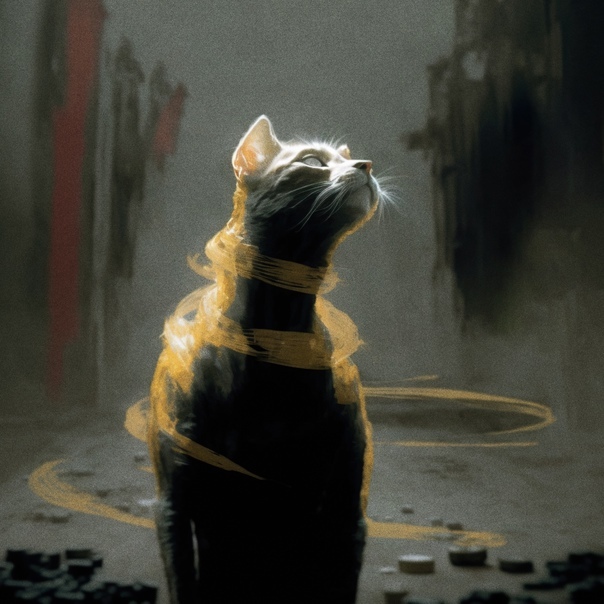
How do you create your canvases, where do you start?
— Since I try not to spend more than a few days at work, the images come from what is happening to me now. As for the technical part, I usually do it from a blank in 3D, then convert it all into promt, combine it with my previous works if desired and get a picture with a thousand variations at the output. Then I choose the one I like the most, bring it to the final state so that it conveys my emotions and states.
— So it turns out that most of the AI renderers of your canvases are based on the renderers of your 3D works?
— Yes, it is, but at first there was some kind of promt from which everything began.
— Since I try not to spend more than a few days at work, the images come from what is happening to me now. As for the technical part, I usually do it from a blank in 3D, then convert it all into promt, combine it with my previous works if desired and get a picture with a thousand variations at the output. Then I choose the one I like the most, bring it to the final state so that it conveys my emotions and states.
— So it turns out that most of the AI renderers of your canvases are based on the renderers of your 3D works?
— Yes, it is, but at first there was some kind of promt from which everything began.
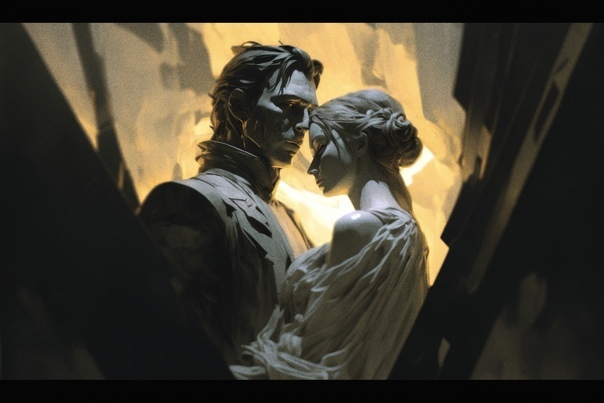
How much control can you have over the result you get when querying?
— I would say super strong.
— that is, there is no such thing that you entered some kind of promt, and the AI gave out the exact opposite.
— No, no, it happens of course. The AI gives out something else, then you have to try and try.
— Despite the fact that I experiment a lot and a lot of my works go to the table, I have selected for myself 3 series of my favorite works that I do not want to forget and am developing to this day. These are the same universes that you created and can't give up, they are so much loved. From these works I still use some scripts, phrases and words.
— That's when I need a specific result — it's not about simplicity. There are times when a character needs some detail. Let's imagine that everything suits me in him, but I want to see hope in his eyes. I can draw it myself, which I will do. So I will not completely alter the eyes and facial expression with the help of AI. since this will lead to a lot of work.
— In my case, it's more about emotions, feelings. So, I'm not particularly picky about such details.
— I would say super strong.
— that is, there is no such thing that you entered some kind of promt, and the AI gave out the exact opposite.
— No, no, it happens of course. The AI gives out something else, then you have to try and try.
— Despite the fact that I experiment a lot and a lot of my works go to the table, I have selected for myself 3 series of my favorite works that I do not want to forget and am developing to this day. These are the same universes that you created and can't give up, they are so much loved. From these works I still use some scripts, phrases and words.
— That's when I need a specific result — it's not about simplicity. There are times when a character needs some detail. Let's imagine that everything suits me in him, but I want to see hope in his eyes. I can draw it myself, which I will do. So I will not completely alter the eyes and facial expression with the help of AI. since this will lead to a lot of work.
— In my case, it's more about emotions, feelings. So, I'm not particularly picky about such details.
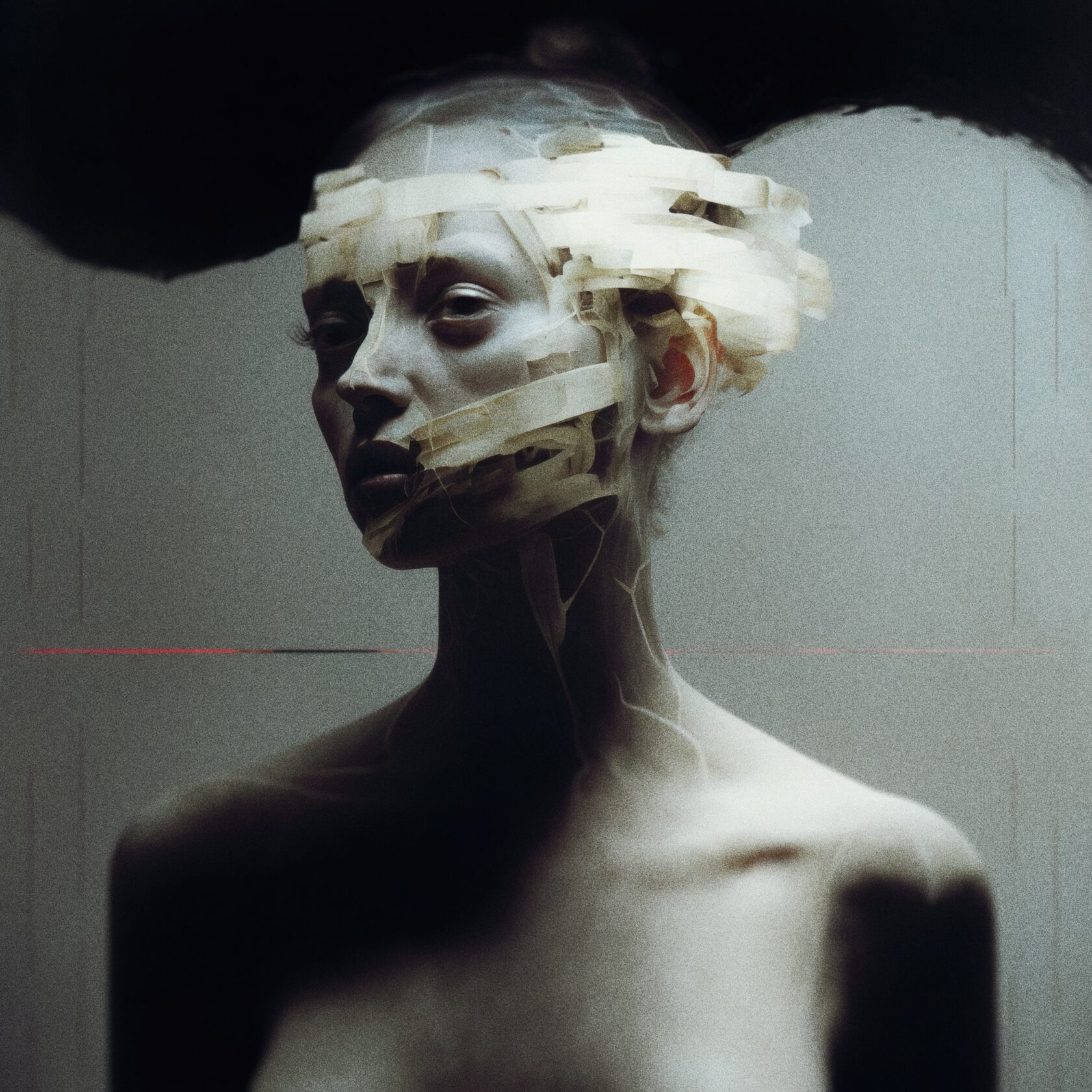
Is there a creative crisis? If so, how do you fight it?
— Yes, I'm not struggling with a creative crisis. Time passes and that's it. Since the Chip appeared, I've been creating and working with AI all the time. For me, this is a personal record. I spend almost all my free time on canvases. The good news is that with the help of AI, I can see the "pre-render" of my future work in the shortest possible time, in the case of 3D, if I want a job, I want to create a picture with a city and a person, then I will have to type a bunch of models for the city, decorate them, go to DAZ and draw textures, I may want to create clothes and so on. All this takes a very long time, I get scared from the very thought.
— Yes, I'm not struggling with a creative crisis. Time passes and that's it. Since the Chip appeared, I've been creating and working with AI all the time. For me, this is a personal record. I spend almost all my free time on canvases. The good news is that with the help of AI, I can see the "pre-render" of my future work in the shortest possible time, in the case of 3D, if I want a job, I want to create a picture with a city and a person, then I will have to type a bunch of models for the city, decorate them, go to DAZ and draw textures, I may want to create clothes and so on. All this takes a very long time, I get scared from the very thought.
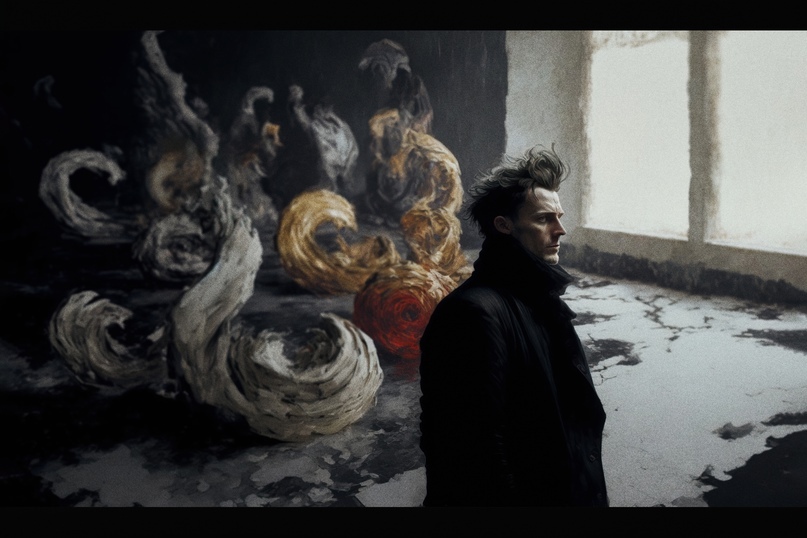
What kind of future do you see for neuroart?
— First of all, I would like to make working with videos easier. I know that they are moving in this direction, but I would like more.
After all, in order to get a decent result, something meaningful, smooth, and not jerky, you need to put a lot of exorbitant effort and not the fact that it will work. So far, this is inconvenient.
I want the entry threshold to become smaller, I think that the situation will change over time, look what happened during the period from May to today)
But maybe it will all bend, like the story with VR :)
Acopto in soc. networks:
Inst
All contacts of the artist.
— First of all, I would like to make working with videos easier. I know that they are moving in this direction, but I would like more.
After all, in order to get a decent result, something meaningful, smooth, and not jerky, you need to put a lot of exorbitant effort and not the fact that it will work. So far, this is inconvenient.
I want the entry threshold to become smaller, I think that the situation will change over time, look what happened during the period from May to today)
But maybe it will all bend, like the story with VR :)
Acopto in soc. networks:
Inst
All contacts of the artist.


